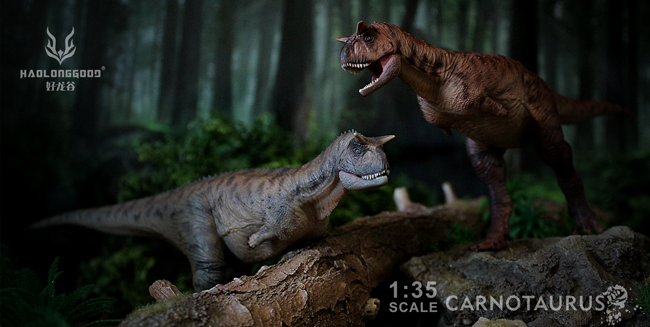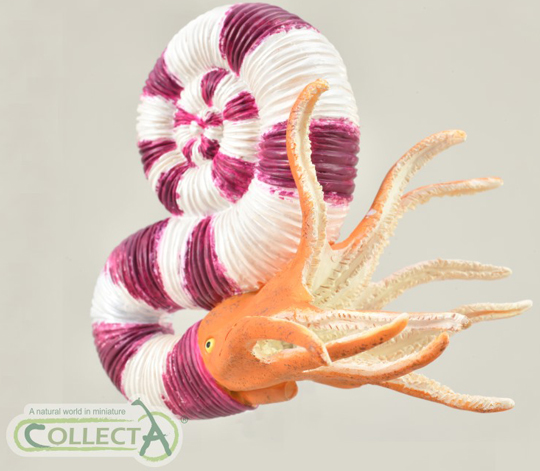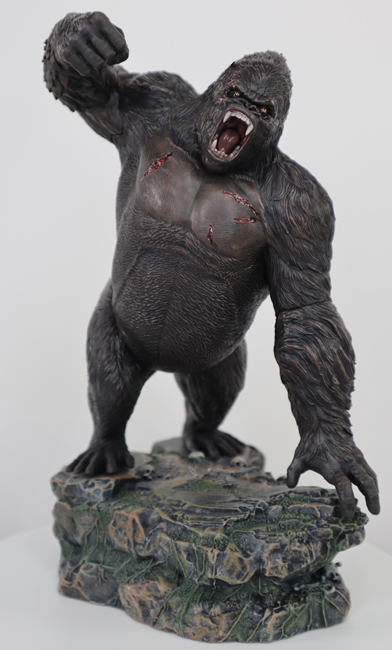Newly published research suggests that Protoceratops fossils did not inspire the griffin from mythology. The study published in “Interdisciplinary Science Reviews” was conducted by Dr Mark Witton and Richard Hing, palaeontologists at the University of Portsmouth. The researchers have challenged the popular assumption that the half-animal, half-bird griffin was inspired by Protoceratops fossil material found by ancient nomads.
For centuries, academics have puzzled over where the griffin legend originated. This new study examined the fossil evidence and the influence of folklore upon palaeontology.

A painting of the mythological griffin. A chimaera which consisted off the head and wings of an eagle combined with the body of a big cat such as a lion. Protoceratops fossils can be seen in the foreground. A new study suggests that there is no compelling evidence to link dinosaur fossils with the legendary griffin. Picture credit: Mark P. Witton.
Protoceratops Fossils Did Not Give Rise to the Griffin Legend
The link between the fossils of the ceratopsian and griffin mythology was proposed around thirty years ago. The link is believed to have been popularised in papers and books written by the folklorist Adrienne Mayor. For example, a cryptozoology paper entitled “Paleocryptozoology: a call for collaboration between classicists and cryptozoologists” was published in 1989. The theory that Protoceratops fossils led to the idea of the mythological half-bird, half-beast creature was discussed again in the book “The First Fossil Hunters”. The ideas that dinosaur fossils found by people in Asia gave rise to the idea of a griffin became established and was mentioned in numerous books, documentaries and even museum exhibits.
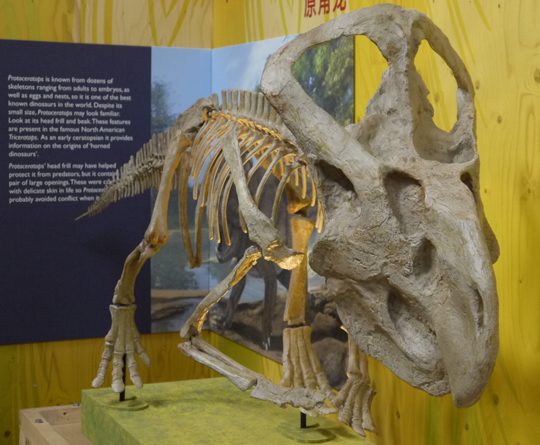
A skeleton of a Protoceratops on display. Picture credit: Everything Dinosaur.
Picture credit: Everything Dinosaur
Two species of Protoceratops are currently recognised (P. andrewsi and P. hellenikorhinus). Fossils have been found in Mongolia and China. It had been suggested that Protoceratops fossil bones were found by nomads prospecting for gold in Central Asia. These stories travelled southwest on trade routes inspiring the mythical griffin.
The first depictions of what is thought to be a griffin can be found in Egyptian and Middle Eastern art around the 4th millennium BC. Depictions of the griffin became popular in ancient Greece during the 8th century BC.
The Protoceratops Genus
Protoceratops was a small herbivorous dinosaur, measuring around two to two and a half metres in length. It had a beak, a large skull and a broad head shield. Its fossils are relatively common in some parts of the Gobi Desert. Due to the relative abundance of fossil material including eggs, embryos, juveniles and mature adults, it is one of the most extensively studied of all the Dinosauria.
Like griffins, adult Protoceratops were quadrupedal, and the head shield could be interpreted as wings. However, in the first detailed study of its kind, the researchers found that the supposed link between Protoceratops and the griffin did not stand up to close scrutiny. For instance, the idea that Protoceratops remains were found by nomads prospecting for gold is thought to be unlikely.
Protoceratops fossil material is found hundreds of kilometres away from ancient gold sites. In the hundred years since the first Protoceratops fossils were found by western scientists, no gold has been reported from these areas. It also seems doubtful that the nomads would have seen much of the Protoceratops skeletons, even if they had stumbled upon them.
Dr Mark Witton explained:
“There is an assumption that dinosaur skeletons are discovered half-exposed, lying around almost like the remains of recently-deceased animals. But generally speaking, just a fraction of an eroding dinosaur skeleton will be visible to the naked eye, unnoticed to all except for sharp-eyed fossil hunters. That’s almost certainly how ancient peoples wandering around Mongolia encountered Protoceratops. If they wanted to see more, as they’d need to if they were forming myths about these animals, they’d have to extract the fossil from the surrounding rock.”
Dr Witton added:
“That is no small task, even with modern tools, glues, protective wrapping and preparatory techniques. It seems more probable that Protoceratops remains, by and large, went unnoticed — if the gold prospectors were even there to see them.”

A Protoceratops skeleton compared to ancient griffin art. The griffins are all very obviously based on big cats, from their musculature and long, flexible tails to the manes (indicated by coiled “hair” on the neck), and birds, and differ from Protoceratops in virtually all measures of proportion and form. Image compiled from illustrations in Witton and Hing (2024); Protoceratops skeleton by and Mark P. Witton.
No Unambiguous Reference to Protoceratops Fossils in Ancient Literature
Furthermore, the geographic spread of griffin art through history does not align with the scenario of griffin folklore and legend beginning with strange bones found in Mongolia and China. There is no evidence to indicate that ideas about fossils from Asia spread into Africa, the Middle East or Europe. In addition, there are also no unambiguous references to Protoceratops fossils in ancient literature.
To read an article about the likely habitat of Protoceratops: Protoceratops was a Tough Dinosaur.
The researchers argue that Protoceratops is only griffin-like in being a four-limbed animal with a beak. There are no details in griffin art suggesting that dinosaur fossils were referenced. There is evidence to suggest that extant cats and birds were referenced.
Dr Witton stated:
“Everything about griffin origins is consistent with their traditional interpretation as imaginary beasts, just as their appearance is entirely explained by them being chimaeras of big cats and raptorial birds. Invoking a role for dinosaurs in griffin lore, especially species from distant lands like Protoceratops, not only introduces unnecessary complexity and inconsistencies to their origins, but also relies on interpretations and proposals that don’t withstand scrutiny.”
Fossils are Culturally Important
The scientists are keen to emphasise that there is strong evidence to suggest that fossils have been culturally important throughout human history. There are innumerable instances of fossils inspiring folklore around the world. These instances are known as “geomyths”. For example, the guards from belemnites were once thought to be the remains of lightning bolts.
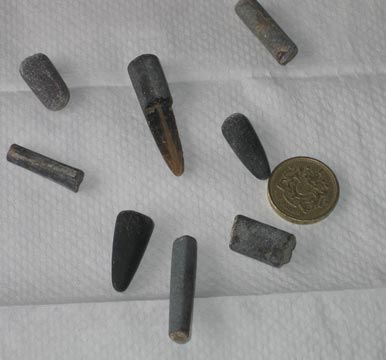
Belemnite guard fossils from the “Jurassic Coast”. These common fossils were once thought to represent the remains of lightning bolts. Picture credit: Everything Dinosaur.
Picture credit: Everything Dinosaur
Co-author of the study Richard Hing commented:
“It is important to distinguish between fossil folklore with a factual basis, that is, connections between fossils and myth evidenced by archaeological discoveries or compelling references in literature and artwork — and speculated connections based on intuition.”
Richard Hing went onto add:
“There is nothing inherently wrong with the idea that ancient peoples found dinosaur bones and incorporated them into their mythology, but we need to root such proposals in realities of history, geography and palaeontology. Otherwise, they are just speculation.”
Dr Witton summarised the study. He explained that not all mythological creatures demand an explanation from the fossil record. Dinosaurs are thought to have given rise to dragon myths. Fossil elephants may have led to the myth of the one-eyed cyclops. Protoceratops fossils leading to the imagining of a griffin, these are all popular geomyths. However, there is very little evidence to support these links, and what there is, is speculative.
These stories are promoted as they seem intuitively plausible. However, by doing so we ignore the growing knowledge of fossil geomyths grounded in fact and evidence. Geomyths with evidence deserve more attention.
Everything Dinosaur acknowledges the assistance of the University of Portsmouth in the compilation of this article.
The study is published in Interdisciplinary Science Reviews.
Visit the award-winning Everything Dinosaur website: Dinosaur Toys and Models.
